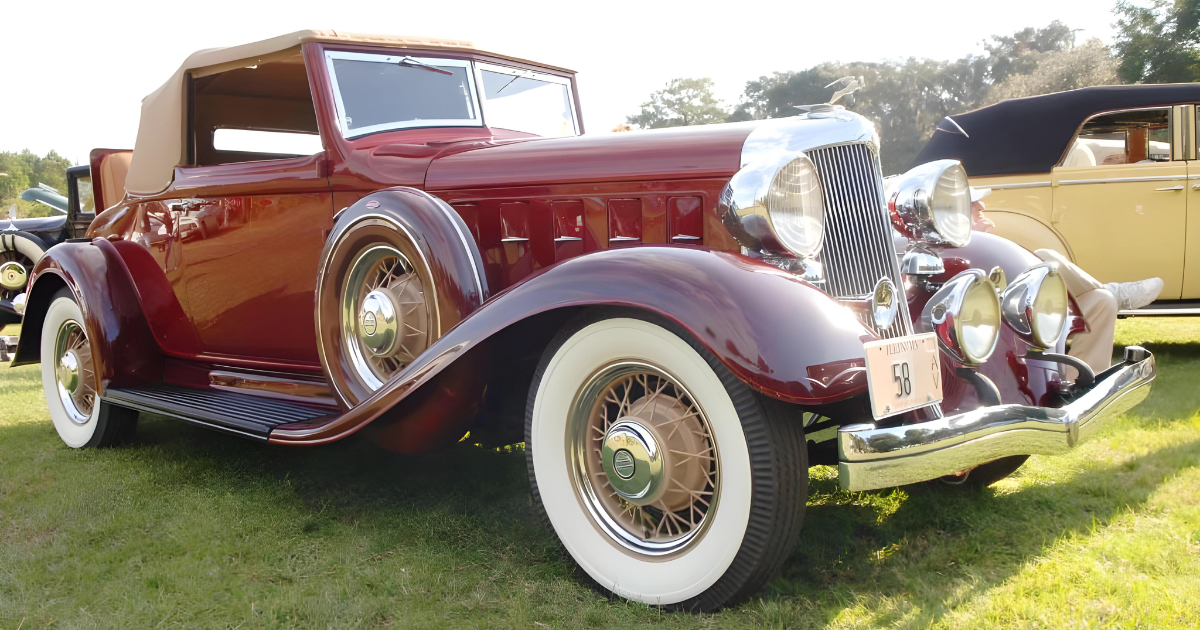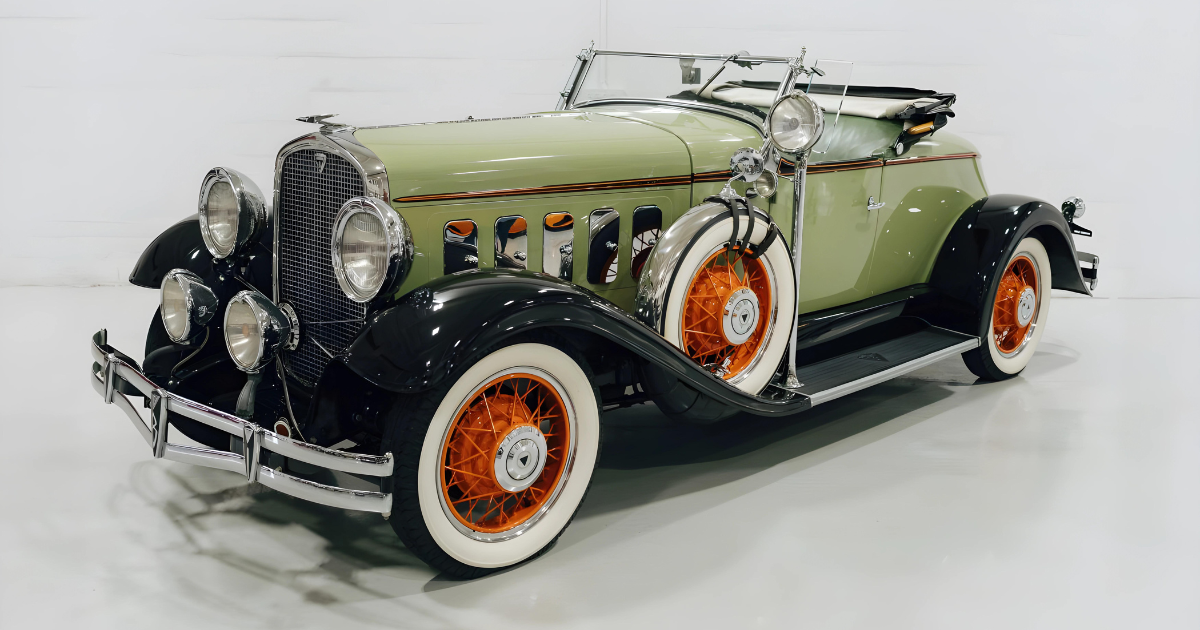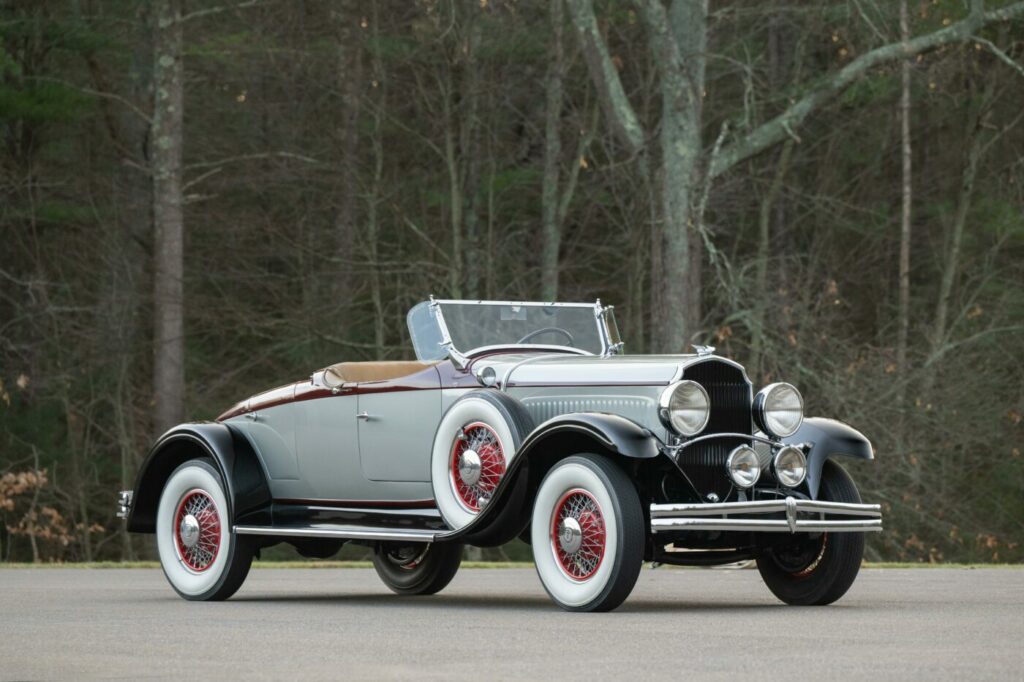
The evolution of the Chrysler Series 70 marked a significant period in the history of Chrysler’s automotive lineup, reflecting the company’s commitment to innovation and excellence. From its inception in the early 1920s to its transformation into the prestigious Imperial Series, the Series 70 underwent notable changes that shaped its identity and positioned it as a formidable competitor in the luxury automobile market.
Initially introduced with a 3.3-liter capacity engine, the Series 70 six showcased Chrysler’s dedication to engineering excellence. However, it wasn’t until 1926 that the engine capacity was increased to 3.6 liters, reflecting Chrysler’s ongoing efforts to enhance performance and power delivery. This upgrade laid the foundation for the Series 70’s reputation as a powerful and reliable vehicle.
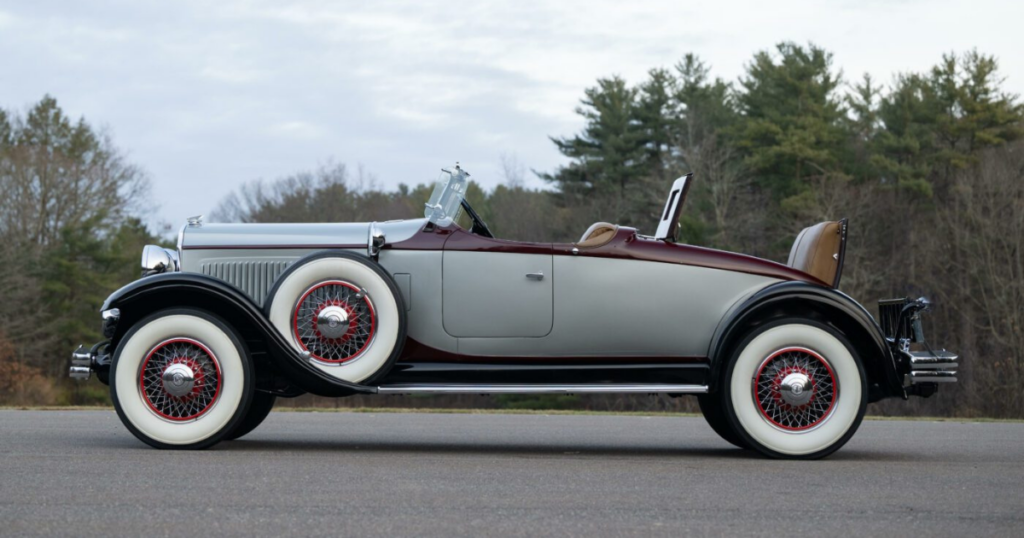
In 1927, Chrysler expanded its lineup with the introduction of the smaller Series 60 six, catering to a wider range of consumers with varying preferences and needs. This strategic move allowed Chrysler to diversify its offerings while maintaining its commitment to quality and performance. Meanwhile, the Series 70 continued to evolve, with its engine capacity expanding to 4.1 liters in 1928, leading to its rebranding as the Series 72.
The introduction of the luxurious Imperial further solidified Chrysler’s position in the luxury automobile segment. Larger and more expensive than the original Series 70, the Imperial was designed to compete with prestigious brands such as Cadillac, Lincoln, and Packard, showcasing Chrysler’s ambition to establish itself as a leader in the luxury automotive market. With its superior craftsmanship, refined design, and advanced features, the Imperial quickly garnered acclaim from discerning customers and automotive enthusiasts alike.
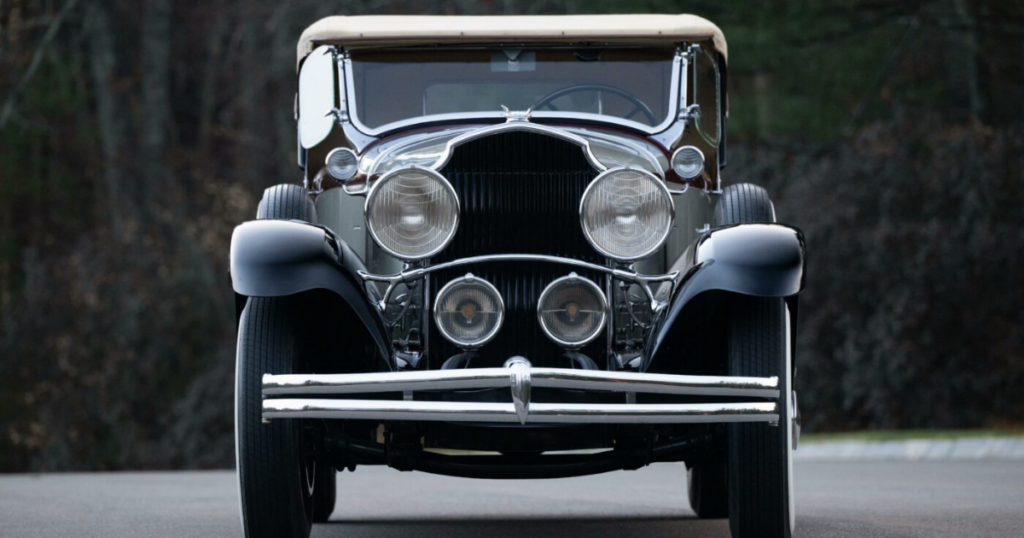
The years 1929 and 1930 marked a period of visible enhancements for Chrysler’s Imperial series, reflecting the company’s commitment to continuous improvement and innovation. The introduction of a slimmer radiator profile, streamlined front body pillars, dual cowl ventilators, and arched hood louvers demonstrated Chrysler’s dedication to refining its design language and incorporating the latest trends in automotive styling.
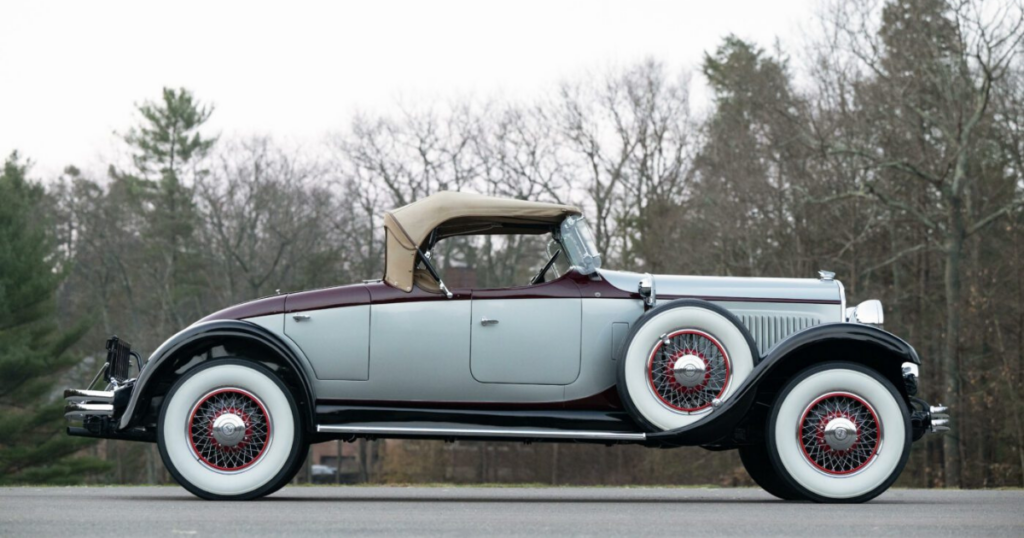
Moreover, Chrysler’s collaboration with Locke, a renowned coachbuilding company, further elevated the prestige and exclusivity of the Imperial series. Locke’s expertise in crafting bespoke coachwork on luxury chassis, combined with Chrysler’s engineering prowess, resulted in semi-custom bodies that exemplified elegance and sophistication. These collaborations enabled Chrysler to offer customers personalized options and create vehicles that reflected their unique tastes and preferences.
As the decade progressed, Locke’s standardized coachwork sets for automakers like Chrysler underscored its versatility and adaptability in meeting the evolving needs of the automotive industry. This partnership further enhanced Chrysler’s reputation for craftsmanship and luxury, solidifying its position as a premier manufacturer of high-end automobiles.

In conclusion, the evolution of the Chrysler Series 70 into the prestigious Imperial series represents a pivotal moment in automotive history. From its humble beginnings to its transformation into a symbol of luxury and sophistication, the Series 70 exemplifies Chrysler’s dedication to innovation, craftsmanship, and excellence. Through strategic upgrades, strategic expansions, and fruitful collaborations, Chrysler successfully positioned itself as a formidable competitor in the luxury automobile market, leaving an indelible mark on the industry for generations to come.

